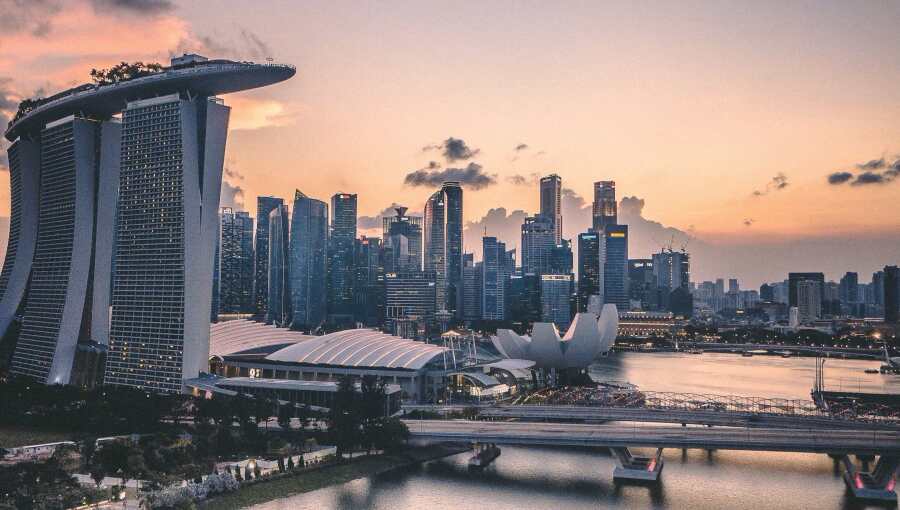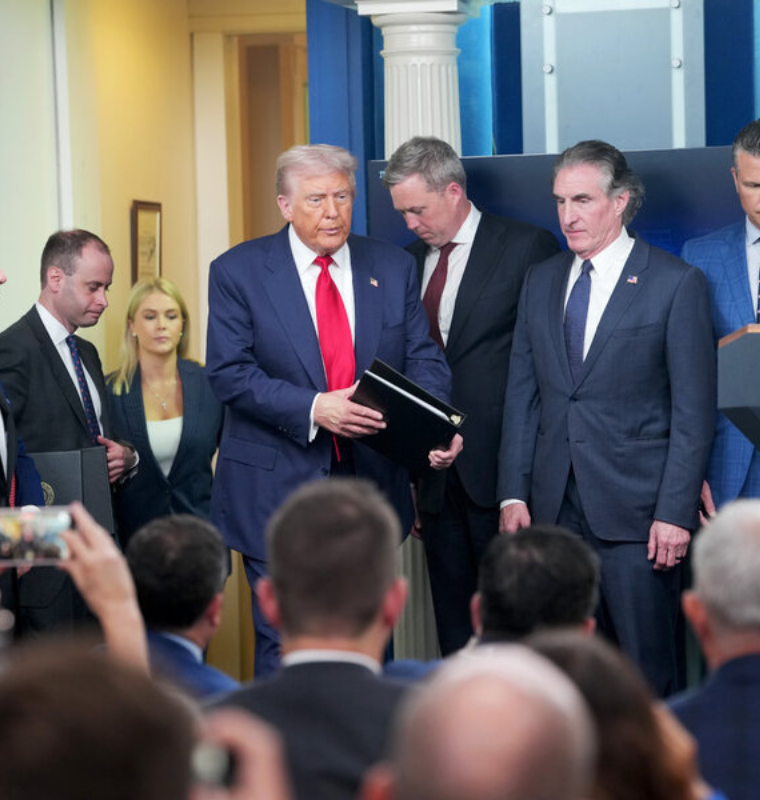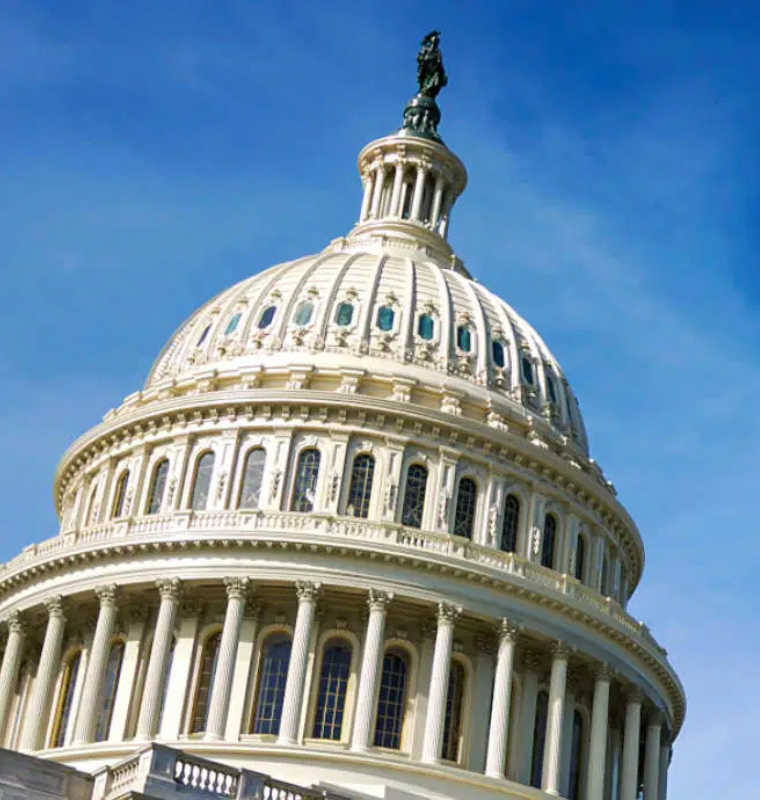Singapore Holds Monetary Policy Steady as Growth Outlook Dims in Second Half
Singapore Holds Monetary Policy Steady as Growth Outlook Dims in Second Half
By
Junia Wells
Last updated:
July 30, 2025
First Published:
August 6, 2025

Photo: bne IntelliNews
Singapore Maintains Monetary Policy Amid Concerns of Economic Slowdown in H2 2025
Singapore’s central bank, the Monetary Authority of Singapore (MAS), kept its monetary policy unchanged on Wednesday, signaling caution amid a complex backdrop of strong first-half growth, rising global trade tensions, and domestic economic moderation expected in the latter half of the year.
This decision comes after two policy easings earlier in 2025 and reflects MAS's intention to stabilize medium-term price expectations while monitoring new risks—especially those emerging from shifting U.S. trade policies and global economic uncertainty.
Growth Beats in H1, But H2 Set to Cool
Singapore narrowly avoided a technical recession in Q2 2025, with GDP growing 1.4% quarter-over-quarter, outpacing forecasts of a 0.5% contraction. Year-over-year, the economy expanded 4.3%, improving from the 4.1% growth in Q1.
However, MAS warned that this robust pace is unlikely to continue.
“GDP growth is projected to moderate in the second half of 2025 from its strong pace in the first half,” the central bank said in its semiannual policy statement.
Particularly vulnerable are trade-related sectors, which MAS expects to see a notable pullback as global trade frictions—especially those tied to U.S. tariffs—continue to escalate.
Unique Monetary Framework, Steady for Now
Unlike many central banks, MAS does not manage interest rates. Instead, it controls monetary policy by allowing the Singapore dollar (SGD) to fluctuate within an undisclosed policy band against a basket of trading partner currencies. This band’s slope, width, and mid-point are adjusted to influence inflation and maintain economic stability.
For now, MAS has chosen to maintain the band’s width and central level, citing its current policy stance as “appropriate” for ensuring medium-term price stability.
But analysts say this wording leaves the door open for future moves.
Tariffs and Trade: A Looming Cloud
Trade tensions between Singapore and the United States remain unresolved. Despite a long-standing free trade agreement (FTA) with the U.S., Singapore continues to face 10% baseline tariffs under President Trump’s “liberation day” tariff regime, announced back in April.
Deputy Prime Minister Gan Kim Yong, who visited Washington from July 20 to 26, said the U.S. was “non-committal” about whether the current tariffs on Singaporean goods would be reduced, despite the city-state running a trade deficit with the U.S.
Oxford Economics economist Sheana Yue noted that Singapore’s status as a smaller economy may mean it ends up in a 10%-15% tariff bracket, and the chances of brokering a new bilateral trade deal remain uncertain.
With exports accounting for nearly 179% of Singapore’s GDP in 2024 (World Bank), any shift in tariff structures could have an outsized impact on the economy.
Low Inflation Offers Breathing Room
Inflation remains tame, providing MAS with flexibility. Headline inflation held at a four-year low of 0.8% in June, while core inflation, which excludes private transport and housing, stayed at 0.6%.
OCBC’s Chief Economist Selena Ling commented that this low inflation environment means MAS is under no urgent pressure to ease further, but the October window remains open for a policy shift if needed.
“The risk of a sharper growth slump has receded somewhat,” Ling said, citing recent trade talks and more favorable financial conditions as stabilizing factors.
Final Thoughts
Singapore’s decision to stand pat on monetary policy reflects a careful balancing act: acknowledging strong early-year growth while preparing for a potentially turbulent end to 2025. With global headwinds mounting—especially from unresolved trade tensions with the U.S.—the MAS is keeping its options open. The central bank’s calibrated approach, paired with strong economic fundamentals and low inflation, positions Singapore to adapt quickly as conditions evolve in the months ahead.
Popular articles
Subscribe to unlock premium content
Disney’s Timeless Magic and How the Entertainment Giant Continues to Shape Culture and Innovation

Imran Khan’s Economic Missteps Amid Political Chaos in Pakistan

The Philippines’ Digital Shift How Remittances and BPO Are Fueling Growth

Disney’s Timeless Magic and How the Entertainment Giant Continues to Shape Culture and Innovation

Imran Khan’s Economic Missteps Amid Political Chaos in Pakistan

Disney’s Timeless Magic and How the Entertainment Giant Continues to Shape Culture and Innovation









